Classifying clouds

Clouds play a pivotal role in weather forecasts and warnings. They help to drive the water cycle and the entire climate system. Throughout history, they have inspired artists, poets, musicians, photographers and countless other enthusiasts.
The present international system of Latin-based cloud classification dates back to 1803, when amateur meteorologist Luc Howard wrote The Essay on the Modification of Clouds.
The International Cloud Atlas currently recognizes ten basic cloud “genera,” which are defined according to where in the sky they form and their approximate appearance.
High-level clouds typically have a base above about 5 000 metres (16 500 feet); middle-level clouds have a base that is usually between 2 000 and 7 000 m (6 500 to 23 000 feet); and low-level clouds usually have their base at a maximum of 2 000 m (6 500 feet).
Most cloud names contain Latin prefixes and suffixes which, when combined, give an indication of the cloud’s character. These include:
- Stratus/strato: flat/layered and smooth
- Cumulus/cumulo: heaped up/puffy
- Cirrus/cirro: feathers, wispy
- Nimbus/nimbo: rain-bearing
- Alto: mid-level (though Latin for high)
The 10 genera are subdivided into “species,” which describe shape and internal structure, and “varieties,” which describe the transparency and arrangement of the clouds. In total there are about 100 combinations.
It also proposes some new “special clouds,” such as Homogenitus (from the Latin homo meaning man and genitus meaning generated or made). Its common names include Contrails (from aircraft).
A special mention is made of Asperitas (from the Latin meaning wave-like and roughness) – a dramatic formation that looks like an upturned roughened sea surface – which has captured the public imagination in recent years. This cloud is included in the atlas as a “supplementary feature.”
The new International Cloud Atlas is a tribute to the generosity of the Hong Kong Observatory and the dedication and enthusiasm of a special WMO Task Team, which spent nearly three years revising the text and collecting and classifying images and data. It increases and enriches our understanding of clouds and will serve as an invaluable resource for many years to come.
The International Cloud Atlas includes a new species Volutus (from the Latin volutus which means rolled) for roll clouds.
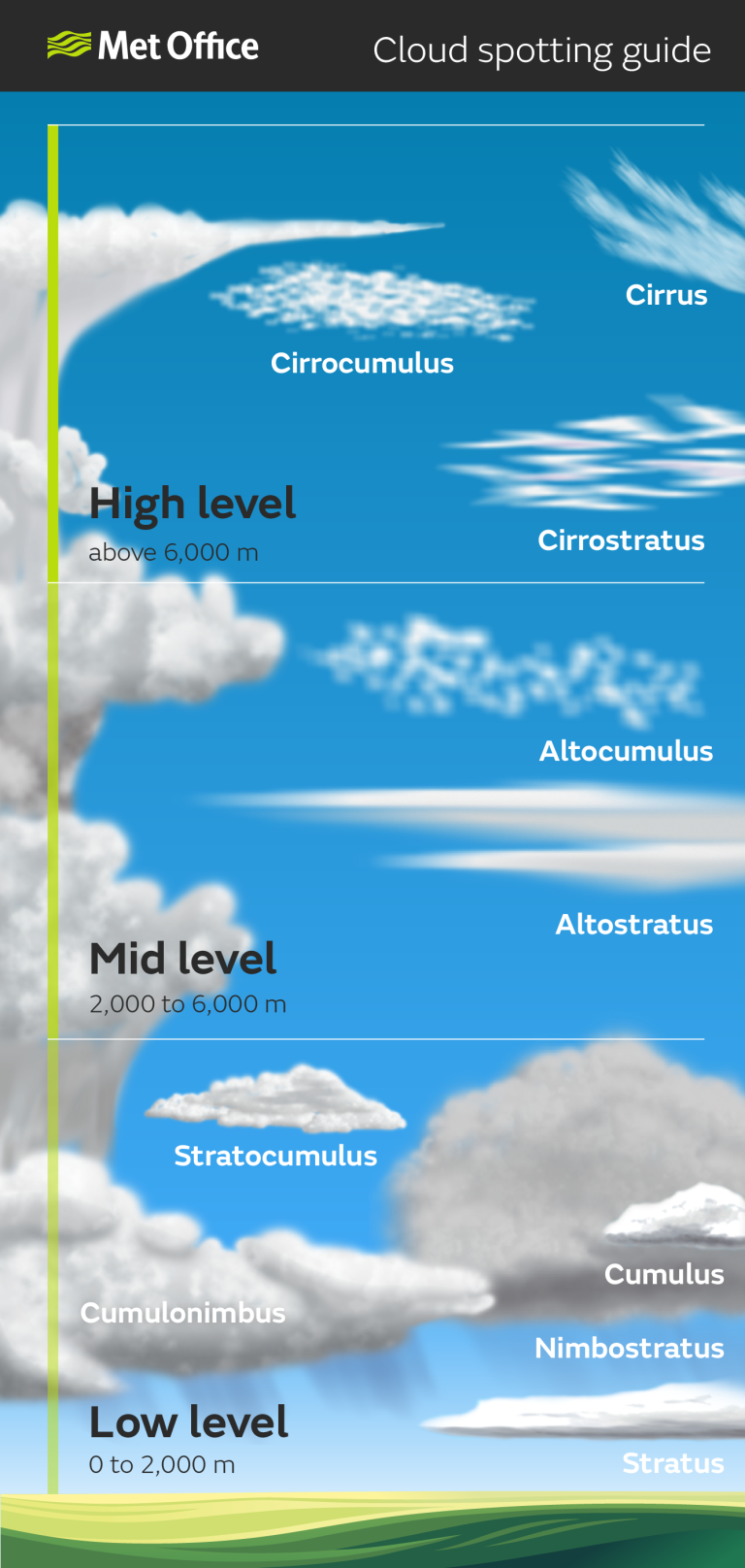
Cumulonimbus (Cb)
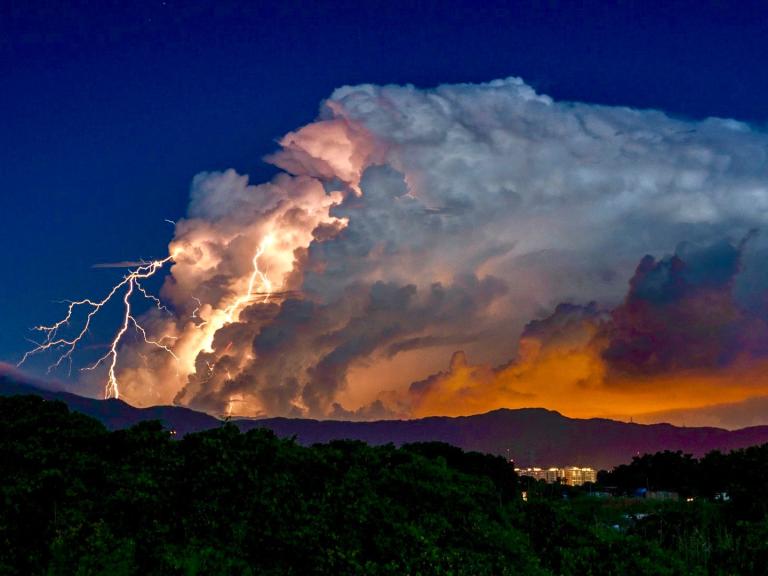
Cumulus (Cu)

Stratus (St)
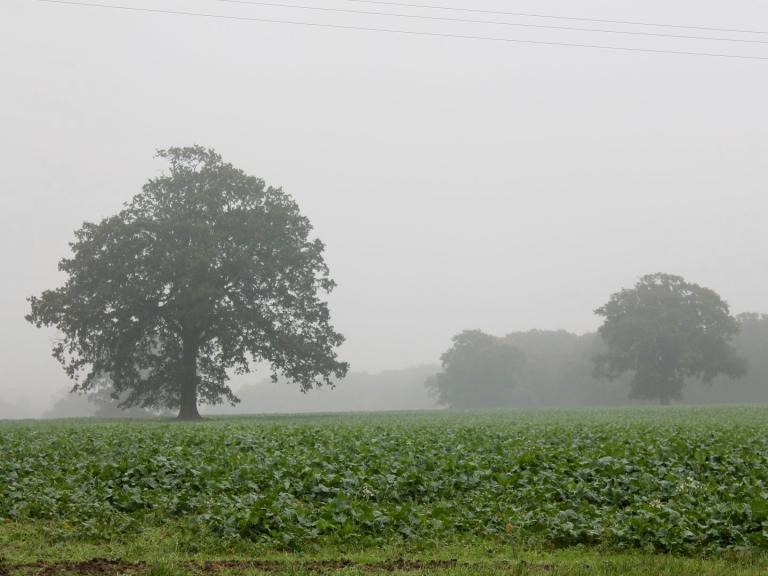
Cirrostratus (Cs)

Altostratus (As)
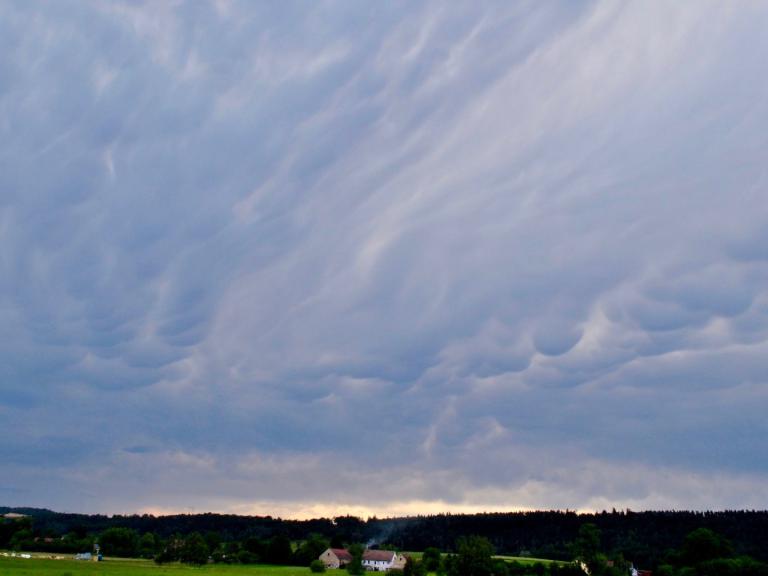
Nimbostratus (Ns)
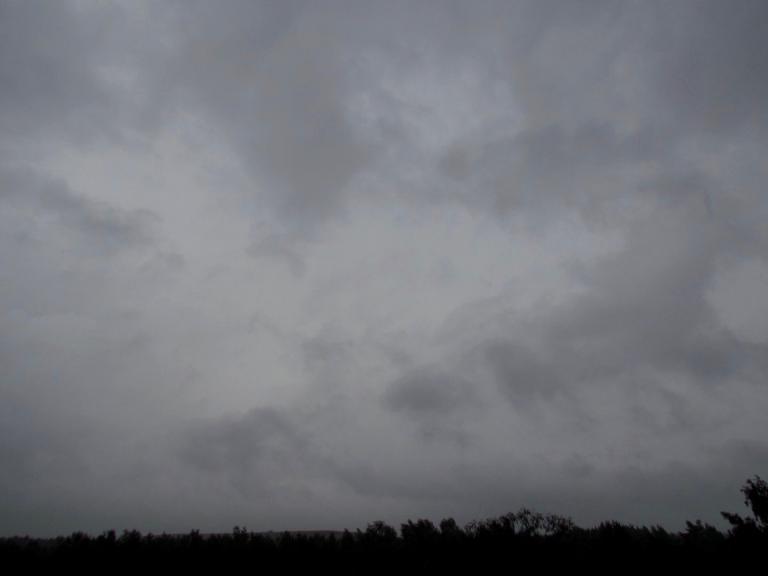
Cirrus (Ci)

Cirrocumulus (Cc)

Altocumulus (Ac)

Stratocumulus (Sc)


